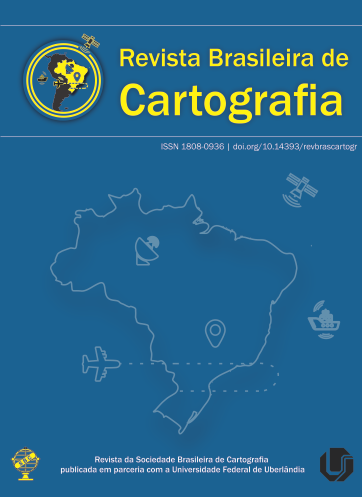A Computational System for Monitoring Landslide Risk Based on TerraMA2
Main Article Content
Abstract
The intensity to which natural phenomena have been occurring and surprising the population imposes on Engineering the search for preventive measures that minimize the contingent of people affected by these tragedies. It happens due to the imminent risks of disasters, posed by rain combined with the soil properties, declivity and the type of land use and land cover existing in the region. From this perspective, an experimental program aimed at issuing warnings is justified from the technological point of view. Therefore, the present work presents an elaboration of a monitoring system to analysis and alert generation of risks for the city of Ouro Preto - MG, based on TerraMA2. The project used for the elaboration of analysis models precipitation data obtained by data control points and by hydro-estimator. In additionit was used a case study with 33 occurrences of slope disruption in the city of Ouro Preto. The obtained results showed that the generated model would be effective to identify imminent risk situations.
Downloads
Metrics
Article Details
Authors who publish in this journal agree to the following terms:
- Authors retain copyright and grant the journal right of first publication with the work simultaneously licensed under a Creative Commons Attribution License that allows others to share the work with an acknowledgment of the work's authorship and initial publication in this journal.
- Authors can enter into separate, additional contractual arrangements for the non-exclusive distribution of the journal's published version of the work (e.g., post it to an institutional repository or publish it in a book), with an acknowledgment of its initial publication in this journal.
- Authors are permitted and encouraged to post their work online (e.g., in institutional repositories or on their website) before and during the submission process, as it can lead to productive exchanges, as well as earlier and greater citation of published work (see "The Effect of Open Access").





